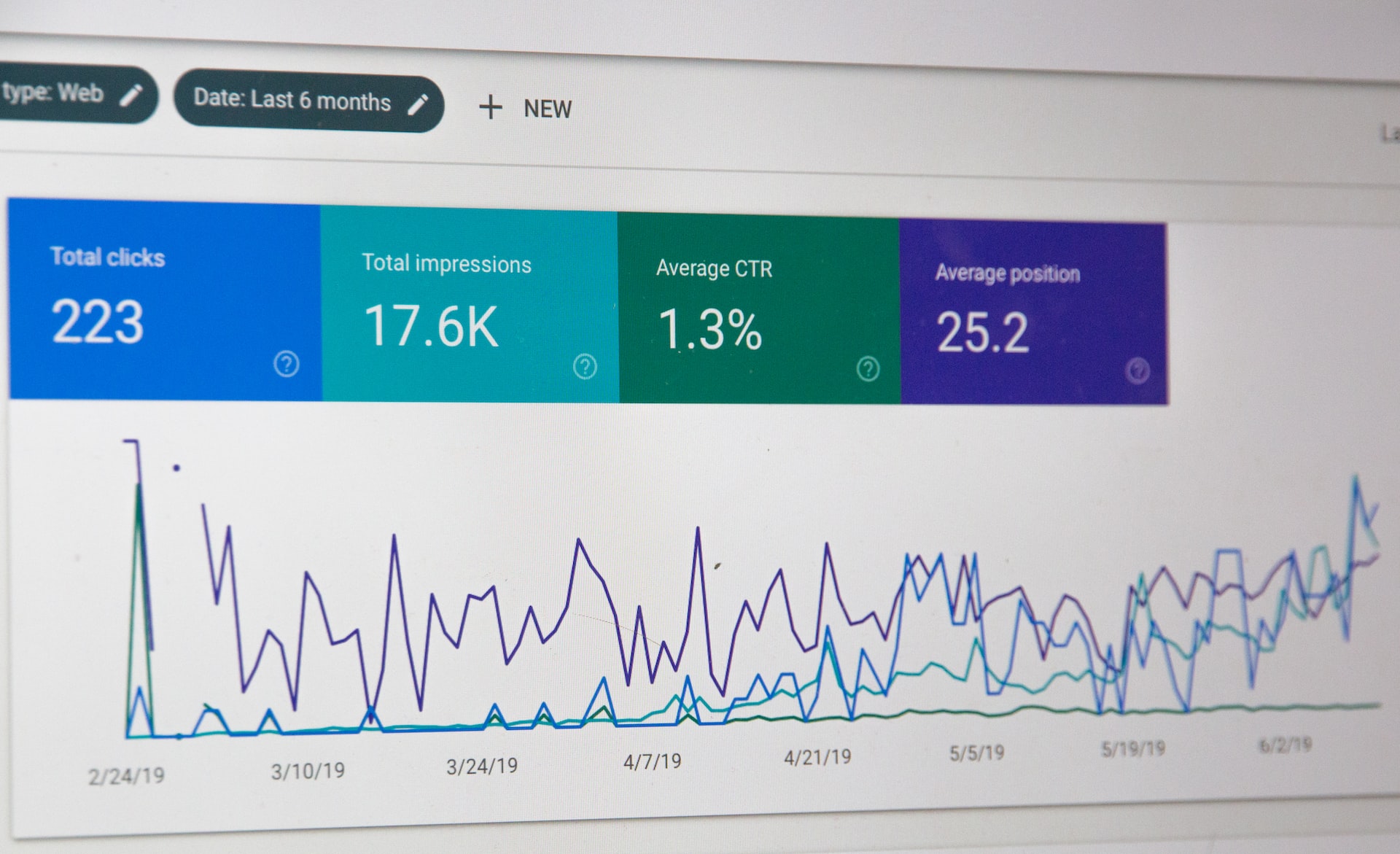Harnessing Authenticity for Better Engagement
Case Study: Apple's #ShotOniPhone Campaign
National Geographic's Traveler Photo Contest

Turning Loyal Customers into Brand Ambassadors
How Airbnb Benefits from User-Generated Content
Coca-Cola's Share a Coke Campaign
Creating Compelling and Shareable Content
GoPro's User-Generated Adventure Content

Starbucks' #RedCupContest
How User-Generated Content Boosts SEO
The Role of UGC in Google's Search Algorithm
User-Generated Reviews and Local SEO
Tips for Managing Online Reviews
- Claim Your Business Listings: Make sure you claim your business on popular review platforms to have control over the information displayed.
- Encourage Reviews: Politely ask satisfied customers to leave a review on relevant platforms.
- Respond to Reviews: Engage with customers by responding to reviews, both positive and negative, in a timely and professional manner.

Tips for Encouraging User-Generated Content
- Create Hashtags: Develop a unique and memorable hashtag for your brand, and encourage users to use it when posting relevant content.
- Host Contests: Engage users by hosting contests with prizes or recognition for the best user-generated content.
- Feature User Content: Share user-generated content on your social media channels or website, giving credit to the creators and showing appreciation for their contributions.
- Ask Questions: Encourage user engagement by asking questions or soliciting opinions on social media.
- Collaborate with Influencers: Partner with influencers who share your brand's values and can inspire their followers to create and share content related to your brand.
Measuring the Impact of User-Generated Content
- Engagement Metrics: Monitor likes, comments, shares, and clicks to understand the impact of UGC on audience engagement.
- Reach and Impressions: Measure the number of people who see your UGC and the total number of times it's displayed.
- User-Generated Content Volume: Track the total number of user-generated posts, reviews, or other content forms associated with your brand.
- Conversion Rates: Analyze how UGC influences customer behavior, such as driving traffic to your website, increasing sales, or prompting sign-ups for newsletters.
The Future of User-Generated Content
Related Courses
Building A Successful Influencer Marketing Program
Learn actionable processes to run effective and efficient influencer campaigns to drive awareness, engagement, and revenue.
AI for Strategic Content Marketing: Building the Future of Engagement
Master AI-powered content marketing to craft innovative strategies, understand audiences, and stay ahead of competitors.
AI Agents for Content Creators
My blueprint → Your AI content machine. AI agents source ideas, draft emails, and write your posts — all with YOUR writing style and POV.
Digital Advertising Masterclass - Nail Your Next Campaign
Designed for startups and growth stage companies. Learn the framework and strategies used by the world's most successful brands.
Building a Purpose-Led Brand in the Age of AI
In an era defined by automation, noise, and algorithmic influence, your story is your strongest signal - learn how to lead with it.
Advocate Academy: Turning Team Members Into Influencers
Learn how to accelerate company exposure (and profits) by equipping employees to build an influential personal brand.
You might also like

Arielle Jackson’s Three Pillars of a Strong Brand: Purpose, Positioning, and Personality

Growth Marketing: The 2023 Definitive Guide

What are Network Effects? Direct & Indirect [With Examples]

